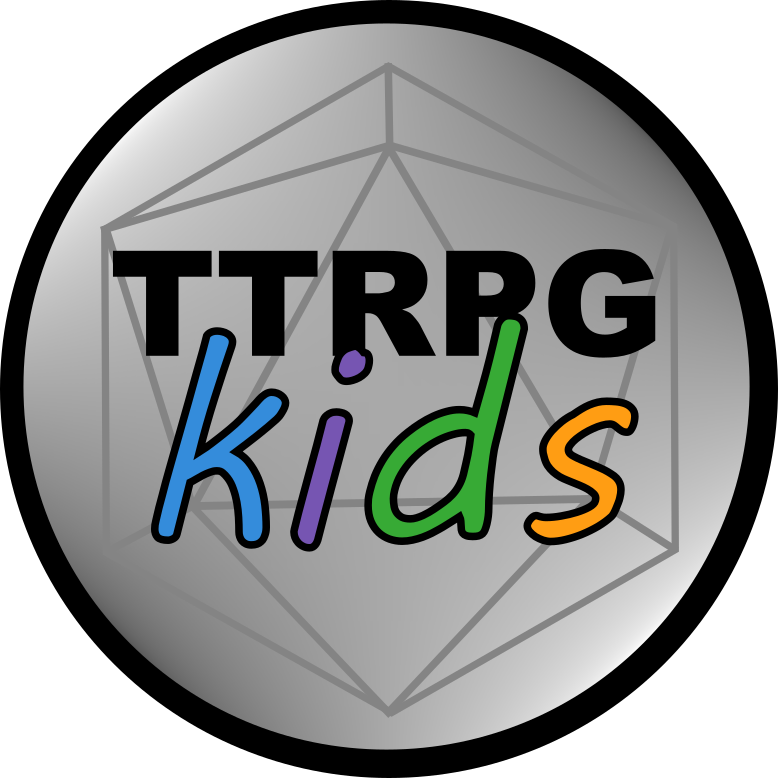Review of The Quiet Year, an eerie map-making TTRPG
I’ve been recommended to try out The Quiet Year with the family by numerous folks (including in my interview with Dr. Friedman), and, having played it, I can very much see why. Coupling a slightly suspenseful feel with conversation and group planning, it’s a great collaborative storytelling game for any age.
Jump to:
- Audience for The Quiet Year
- Setting for The Quiet Year
- Characters in The Quiet Year
- Mechanics for The Quiet Year
- Overall thoughts on The Quiet Year
- Find a copy of The Quiet Year
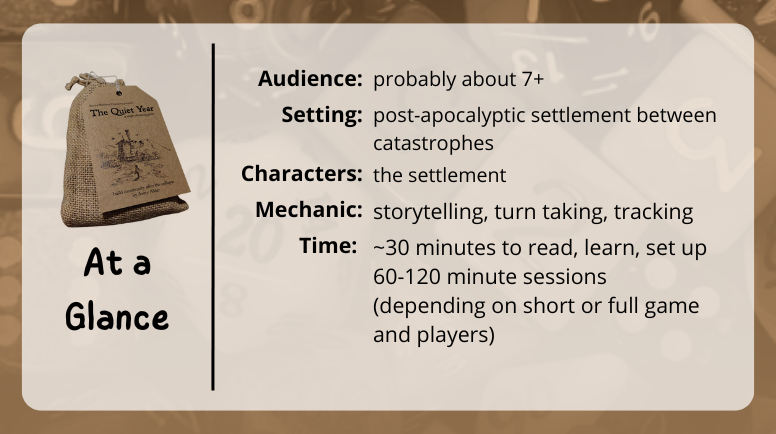
Audience for The Quiet Year
The Quiet Year is a group-making game where you’ll tell the story of a settlement during a year between disastrous events, planning for an unknown threat to come. There are post-apocalyptic elements and challenging prompts, but they are very vague, allowing you to adjust to what your group wants and needs.
For example, we set ours in a world where mutant animals (we described as chaotic Pokemon) are present and humans build defenses against them, so there’s no malice, just really dangerous animals out there. You could also very much go the route of having the threat be an undead horde. Basically, my first point is that the content is highly adjustable to your group.
Mechanics are focused on storytelling based on short prompts, tracking resources as a group, counting down time on projects… and not talking out of turn. All of this was REALLY easy to learn and follow during our game, except for that last one, which was OK, since it helped with practicing that skill. So long as players can read short sentences and decide on an outcome, they should be pretty OK playing this without too much help.
Because it has adjustable content but then there is some reading and explanation involved, along with a bit of self-restraint, I’d say this would probably work for most players age 7+ but can definitely work with younger players with some help. It’s also GREAT for older kids, teens, and adults since it will naturally scale to the players.
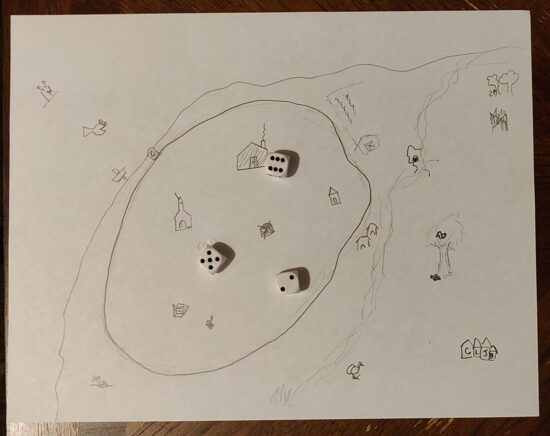
Setting for The Quiet Year
The Quiet Year is set in a post-apocalyptic world where you are between major events. Some kind of crisis with something called The Jackals has just ended, and you’re trying to build up or rebuild a settlement before another disaster hits (and it will hit). You have about one year to gather resources and learn to work as a community.
The entire game takes place on a map that you create together as the game progresses, adding features and details as you discover and build more. You’ll have your settlement and then any surrounding terrain to interact with. There’s a good chance you’ll also encounter other factions in this world, some friendly and some hostile.

You can set your settlement really anywhere – it could be post-apocalyptic Earth or you could be on another planet or in another realm. For our game, we chose Earth, specifically a part of our home state, Michigan, since we know what kind of resources and challenges are here (so it’s easier to visualize).
Characters in The Quiet Year
In The Quiet Year you are ALL playing as the whole settlement. This means that you don’t have individual characters, and you role-play as the community as a whole. If a particular community member is named (like Curly in our game… who started a project to make hair care products), you record their names on a note card and can bring them up later, but you won’t be just consistently playing them.
And this is also where that whole part about waiting your turn comes into play, which I’ll describe here in mechanics…
Mechanics for The Quiet Year
For this section, I want to cover what ended up being the hardest rule in The Quiet Year to follow with the other mechanics touched on within that context. That difficult mechanic was turn-taking.
Role-play for the community rotates between players, and when it is a player’s turn, no one else at the table is allowed to talk or communicate in some other way (i.e. nodding, hand gestures, etc).
The player in charge of that round needs to draw a card, answer the prompt (which may require a big community decision), track progress on any ongoing projects, and then decide if they want to start a project, explore, or ask the group something.
So, all the other players watch as this one player does all of this and can’t say “don’t make that choice” or “what if we do this instead” UNLESS the player decides, at the end of their turn after deciding everything else, to ask the group something instead of spending their time starting a project or exploring (which are both core to resource management and advancing the story).
For the other players, they can’t voice their concern during the turn-taker’s time, but they can take a dissent token (the little skulls) that just shows, after a decision is made, that they don’t agree. That after-the-fact communication is it.
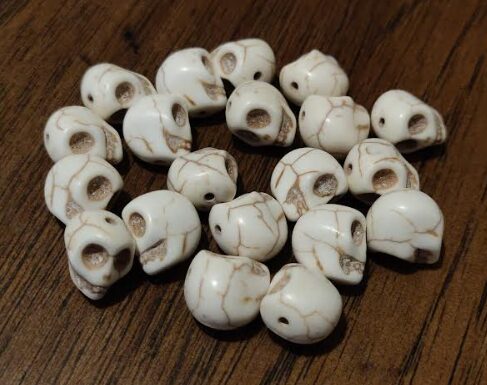
This does MANY things for the mood and balance within the game.
It creates tension when someone draws a dissent token and the decision-maker might not know why, which may encourage folks to opt for the group discussion at the end of the turn instead of jumping directly into the next project. A conscious effort to ask for feedback and then choose and/or listen to the precious two sentences you each get makes everyone hone in on what’s important and really pay attention when someone is talking.
The dissent tokens are kind of fun to pull up there, especially for a kid who wants to express discontent with a decision a parent has made in the game, so when you aren’t the speaker, you’re still really paying attention, listening for that queue for your token. This is great practice for active listening and interpretation of events.
Then, there’s the reliance on others who might not make the same choices as you and decentralization of “main character energy”. You are not the only one in control of this collective “character” of the settlement, so you have to give up some level of control in the story.
Especially in games with younger players, I see a lot of folks at first wanting to REALLY direct the story to what THEY want for their specific character without too much consideration for the other player characters. There’s usually a lot of interrupted turns, sometimes players telling others what to do, etc. This gets bounded by table rules and safety tools, but it still often takes several sessions for some players to really see and feel that they aren’t the main character, the whole team is, and then play relaxes a bit when that control is no longer needed… and the pressure associated with that is off.
With The Quiet Year all of that starts out diffused. There’s VERY solid table rules about speaking (and if you do speak out of turn, others are probably taking a dissent token in front of you), and if you want to really voice your opinion, you have to really want it and hone it since you’ll be sacrificing your turn’s action to be able to discuss. You HAVE to give up control to the other players, trusting and being patient with them, for any of this to succeed.
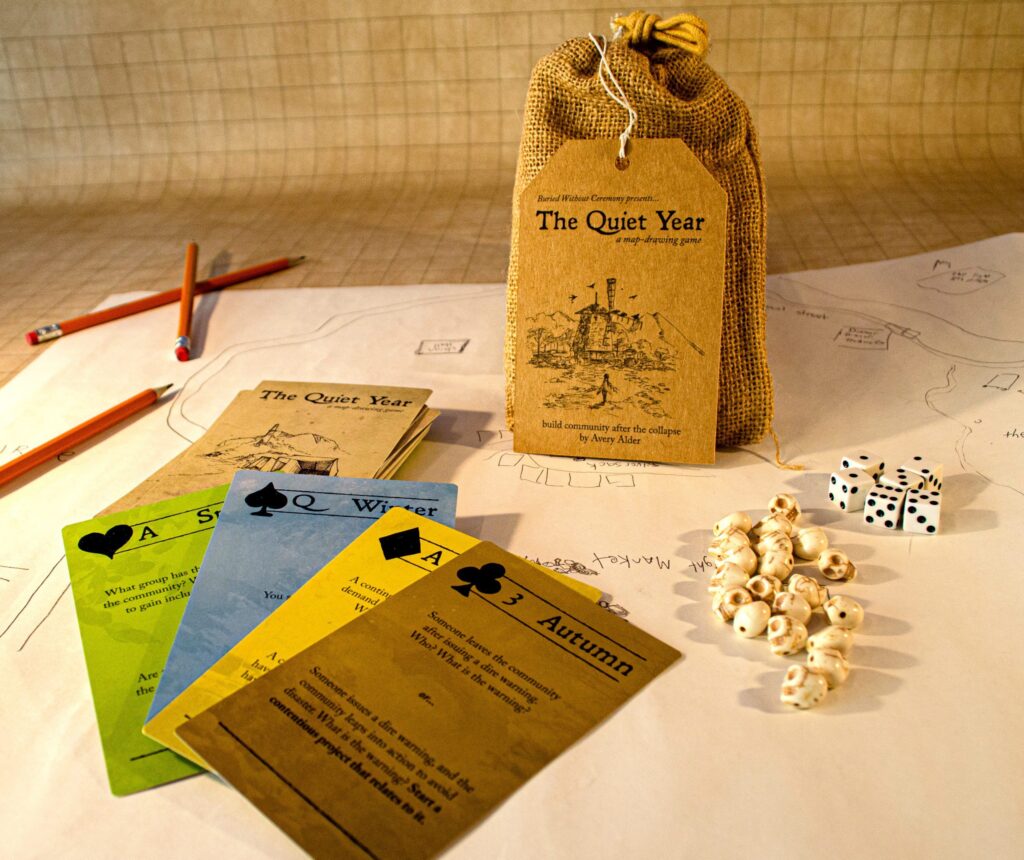
Overall thoughts on The Quiet Year
This was a great exercise in storytelling with fun collaborative map-making moments and a solid amount of suspense and tension to make things like deciding to make farm equipment or fix a boat into something very dramatic.
There’s no real crunch or success/fail mechanic, which was a little frustrating for one player but rolled really well with the others who liked the more story-focused vibe, so we kind of invented a bit of a rule for next time where if we run out dissent tokens or have too many scarce resources by the end of the game, it would be a fail condition… but that’s a bit of the beauty to this. It is really adjustable, and the type of discussion about game adjustment, by the end of playing this out, really mirrored the style of discussion that the game kind of trained us in – asking a question, getting short feedback, and making a decision during the next turn.
So, with that, I will say it helps with practicing many core conversational skills while being a fun and slightly eerie game that gives you a wonderful amount of creative freedom in making your story as a community.
Find a copy of The Quiet Year
You can find The Quiet Year here on DriveThruRPG (digital) and on Heart of the Deernicorn (bagged set).
If you liked this post, make sure to subscribe to the TTRPGkids monthly newsletter to stay up to date on the latest reviews, tips and tricks, game and podcast list updates, and more! Thank you for playing tabletop RPGs with your kids and sharing this awesome hobby with the next generation!
